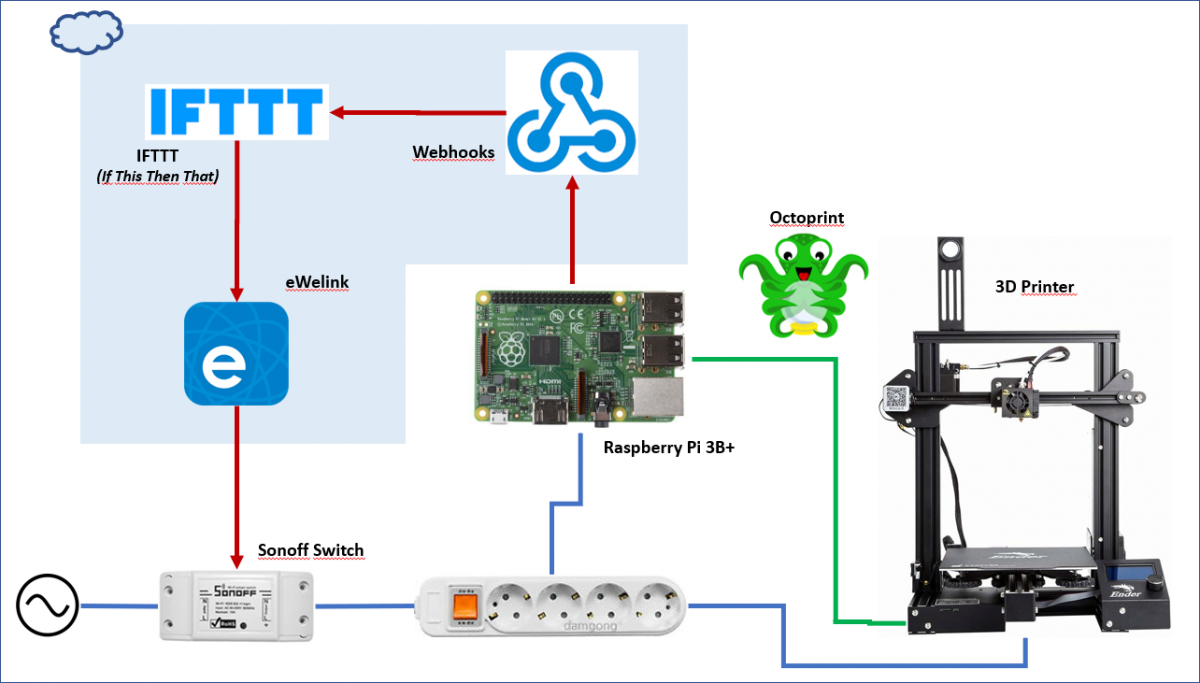

You don’t have to worry about taking your SD card out of your PC and bringing it over to your printer because of this. The OctoPrint Raspberry Pi will function as an access point linking your 3D printer to WiFi. OctoPrint can help you resolve this potential issue.Īll you have to do is plug your Prusa into your OctoPrint’s Raspberry Pi. This is the case as long as you are discussing a standard version of the Prusa i3 Mk3. One example is the fact that a Prusa i3 Mk3 does not include WiFi as a standard feature. OctoPrint is capable of doing a variety of different things, based on your specific needs.

Now that we’ve answered the question of what is OctoPrint, it’s time to go into what it can actually do for you. Related Posts: What Can OctoPrint Actually Do? You can just access the drop-down software menu and do so. This means that it is possible to add new functionality both quickly and easily. The fact that it is quite configurable and considerably powerful comes from its system, which is plug-in-based. You should also know that OctoPrint is easily configurable and quite powerful, as well. More specifically, OctoPrint is a browser-based interface that is open-source and completely free that lets you control or monitor multiple 3D printers at once. OctoPrint is one of the high-quality supporting products that you can get to make 3D printing easier. After you have familiarized yourself with 3D printing a bit, you can take a look at some of the fantastic supporting products that are available on the market. Thankfully, there are many such interfaces that you can find. One of these things is to find software with a web based interface that simplifies the process of 3D printing.

I also plan to use the GPIO pins with the Enclosure plugin, and breaking those out with the Zero W inside the einsy case would be more of a pita.There are a lot of things that you can use to make your 3D printing experience more enjoyable and easier. The upside is that it's way faster, and I plan to add a second, USB camera, to have a second POV on the print. The downside is two more cords to manage.

That took over 30 minutes of just compile time (and I had to do more work to get it to work at all, since using stock commands led to various timeouts). I wanted to add a mesh-leveling plugin that needed to be compiled. Bootup took close to 5 min from power-on to web interface responding. Why? Mostly because it was very slow on non-printing tasks. From all I've heard the Zero W can't handle a USB webcam. Note this is with a Pi Camera Module, which uses its own interface to the Pi, not a USB webcam. Worked ok, even when printing, streaming video, and doing timelapse, all at once. I successfully ran OctoPi on a Zero W, using Prusa's image, with a Pi Camera Module.


 0 kommentar(er)
0 kommentar(er)
